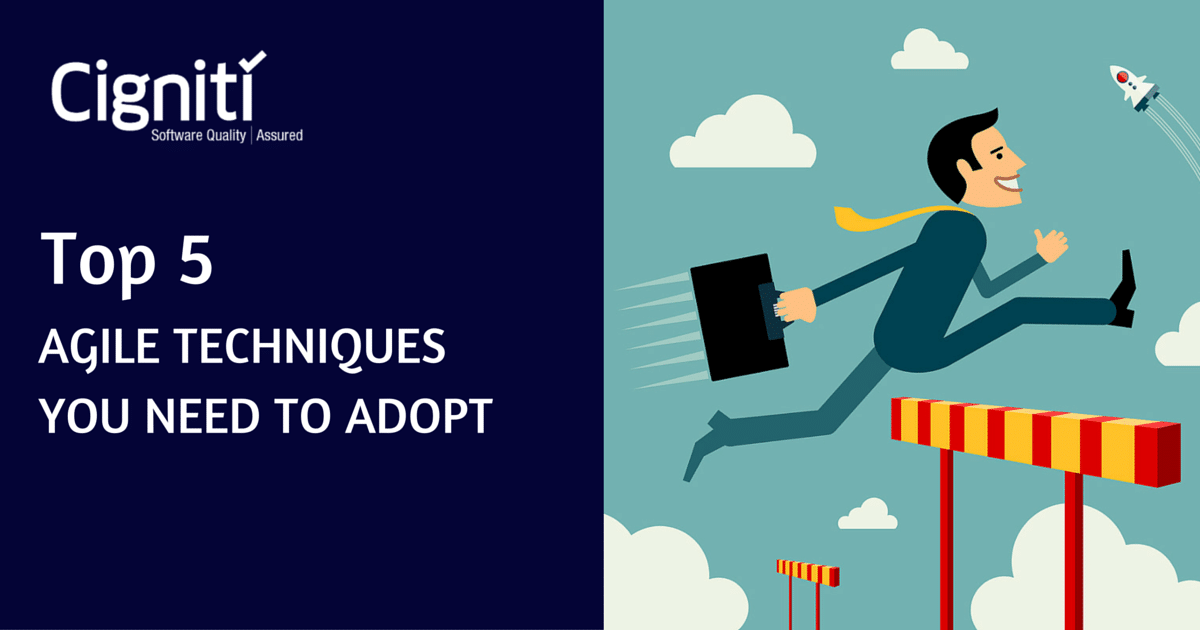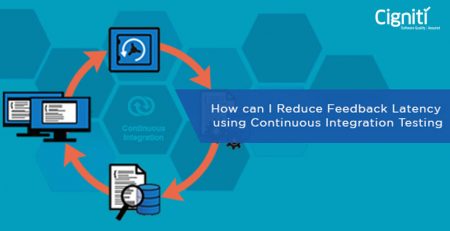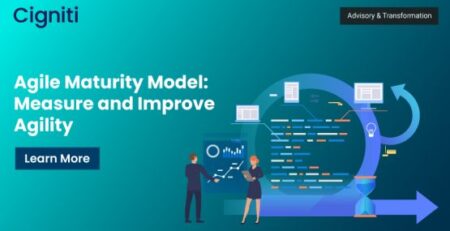How to Get Digital Transformation Right with Continuous testing
|
Listen on the go!
|
Agile manifesto came into existence almost two decades back, changing the IT industry out and out. Emphasizing value of the items on the left more than the items on the right, Agile manifesto focused on cutting down the delivery time and determined working software as the primary measure of progress. While revolutionizing the SDLC processes, it also set the precedent for birth of DevOps, which took place about a decade later than Agile. Contrary to the popular belief of Agile and DevOps being two different methodologies incompatible to each other, DevOps is the most logical continuation of what Agile set out to do – increased collaboration, shorter feedback cycles, and broken silos.
The evolving IT ecosystem supports rapid innovation and frequent deployments, raising customers’ expectations and demands. In order to satisfactorily fulfill those demands, enterprises are en route their digital transformation journey, which goes beyond just the technological nuances.
As defined by Forrester, Digital transformation is not just about technology; it is about reimagining your company. It is the necessary but challenging journey of operating digital-first with the speed and nimbleness to change or introduce new products and experiences rapidly, exploit technology to create lean operations, and free people to do more complex tasks that create value.
The customer-oriented organizations are making mindful attempts and strategic modifications to adopt digital transformation, which requires a holistic approach with sound planning and solid foundation. Necessitating the involvement of both technology as well as people, digital transformation can adeptly help enterprises achieve scalability and cost effectiveness.
Instead of an ‘Agile or DevOps’ strategy, digital transformation needs an ‘Agile and DevOps’ strategy. Diego Lo Giudice, Vice President and Principal Analyst at Forrester, says, “it is simply unacceptable for any IT organization to focus on an Agile-only or DevOps-only journey. They are two sides of the same coin, and one completes the other.”
The Digital transformation puzzle supported by an “Agile and DevOps” approach still misses a critical piece rendering it incomplete, inefficient, and ineffective – Continuous testing.
What and Why of Continuous Testing
Continuous Testing is defined as “People, processes, and technology to deliver quality at speed and minimize business risk by conducting all Agile testing activities continuously in parallel to and in an integrated fashion with ideating/planning, building, integrating, delivering, and deploying features into production. Testing also happens post-production by leveraging the DevOps feedback loop” by Forrester.
Continuous testing enables businesses to meet the client demands of quality at speed, while supporting the developers fulfill their CI/CD pipelines in time. The quick cycles of Agile and the automation capabilities introduced by DevOps, both mandates as well as facilitates the continuous integration and continuous testing practices. As testing shifts to the left, starting early in the SDLC, businesses are able to mitigate the risks associated with each release.
Continuous testing approach allows businesses to get off the ‘firefighting’ mode and be proactive when it comes to dealing with software failures and errors. As per the Forrester Wave Q1 January 2019 report, customers identified test automation and non-functional testing, which includes test data management and shift-left performance testing, as the most impactful set of services for Continuous testing. For any enterprise aspiring for digital transformation, continuous testing is indispensable. Continuous testing is infeasible without automation. In order to establish regular two-week Agile sprints for frequent software delivery, 80% of the test cases need to be automated.
The three ways guiding the ‘Agile & DevOps’ digital transformation
With the sprawling foothold of Agile and DevOps, backed by continuous testing, enterprises are able to follow ‘The Three Ways’ described in The Phoenix Project for optimizing business processes and improve profitability. The three ways are:
- First: Work should always flow in one direction
- Second: Create, shorten, and amplify feedback loops
- Third: Practice continued experimentation, in order to learn from mistakes and achieve mastery
These three ways stand true for both business as well as IT processes. They help in imparting direct customer value through integrating quality in products while maintaining speed and efficiency.
The human value in digitally transforming businesses
Businesses aspiring for digital transformation must have their customers at the center of their every decision, every step, and every strategy. Obsession with the customers will allow the businesses to bring an end-to-end thinking into their vision.
Like DevOps, digital transformation requires a shift in both processes as well as culture. An enterprise-wide cultural change is at the core of a digitally transformed organization. From leaders to the lowest-level employees, each individual is affected. There is a need for critical assessment of, ‘how things have been done so far’, ‘how things should have been done’, and ‘how they will be done’. Understanding the difference between the three outlooks, a digital transformation strategy should be formulated such that it takes care of any underlying resistance from the individuals in terms of shifting processes.
As businesses are moving to cloud, open source, and APIs, there is a dire necessity to fill the gap in their talent pool with resources who are able to successfully perform or steer such migrations. With digital transformation, leaders not only need to manage the technical migrations, but also the migrations of the mindsets.
The whole picture of digital transformation
When Agile manifesto dictated, ‘Individuals and interactions over processes and tools’, it was essentially stating – manage the individuals first, they will then themselves take care of the processes and tool. While Agile stated, DevOps implemented. By breaking silos and bringing Dev and Ops together, it ingeniously accelerated the feedback loops, optimized risk management, and improved quality. Digital transformation services are shifting the weight of iterative, labor-intensive tasks from manual to automated tools, while making the human resources responsible for bringing innovation and creativity through continuous experimentation.
Digital transformation, Agile, and DevOps are together building a future where innovation is at the heart of all the processes. But this picture needs continuous testing to become truly complete and deliver on all the expectations.





Leave a Reply